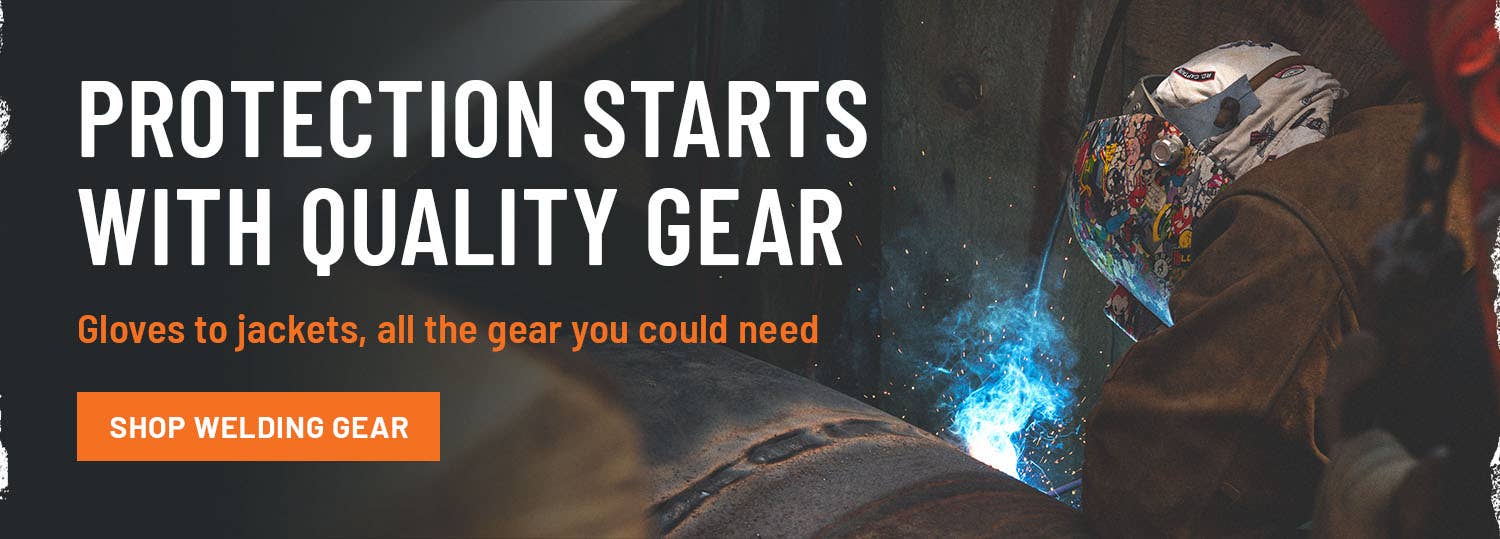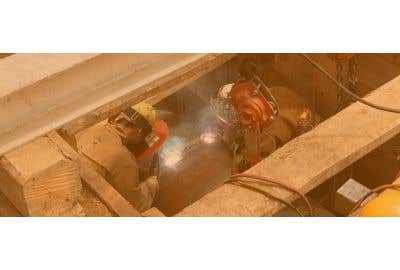*Disclaimer*
The information contained on this page is for promotional and informational purposes only. All equipment should be used by trained professional tradesmen who have been trained how to use the equipment described on this page, and understand the risks of their work. PowerPak assumes no responsibility for errors or omissions in the use or misuse of any product purchased. In no event shall PowerPak be liable for any direct, special, indirect, consequential, or incidental damages or any damages whatsoever, whether in an action of contract, negligence or other torts, arising out of or in connection with the use of this information or the contents of this page. PowerPak reserves the right to make additions, deletions, or modifications to the contents on this page at any time without prior notice.
There are a couple reasons why you might be reading this. You are interested in learning how to weld, and you need to know what kind of gloves you need. Or you've been welding, and the gloves you've been using aren't lasting, so you are looking for a better option. Either way, we're here to help you figure out what to look for in a pair of welding gloves.
Welding is a highly sought-after skillset that spans many industries. From construction, pipelines, and utility maintenance to automotive and manufacturing industries, where there's heavy-duty metal—there's a need for welders. More than that, there is a need for skilled welders that won't make a mess of a delicate project.
PowerPak offers a range of welding PPE, but today we are focusing on welding gloves because why not start where the heat is?
Learn about other types of safety gloves.
What is Welding?
The simplified explanation is that welding takes two pieces of metal and heats them to their melting point. The result is a single homogenous piece that is just as strong as the original pieces by themselves. It's hot, it's dangerous, and it requires patience and practice. If you're here because you are just starting to learn to weld, first, good for you. Secondly, don't skip the safety training. Safety training is an important part of any work, but it's especially important when welding. Let's get back to how it works.
There are three steps to welding:


Types of Welding
MIG Welding
MIG, short for "metal inert gas," welding feeds a spool of metal continuously through the torch. This is a popular method because of how flexible the setup can be. Traditionally, you need a tank of welding gas, which is what provides the shielding for the weld, but with MIG welding, you can opt to use a flux-core wire and not need the gas.
The advantage of using the gas is the weld will go on cleaner, and it won't leave a layer of slag that you will have to break and scrape off. The advantage of using the flux core is it's easier to be mobile if you are taking your welding gear from job to job, and it's cheaper.
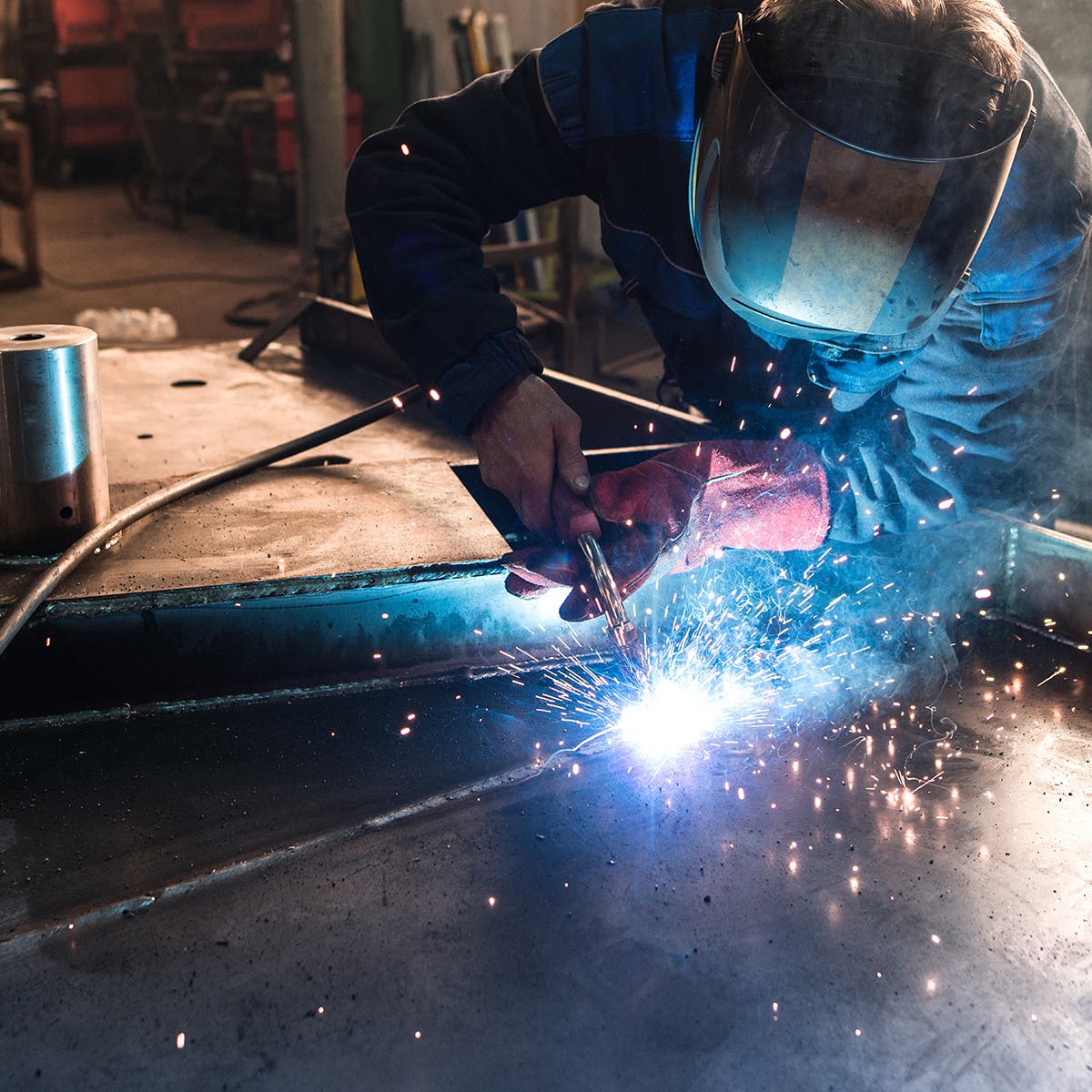

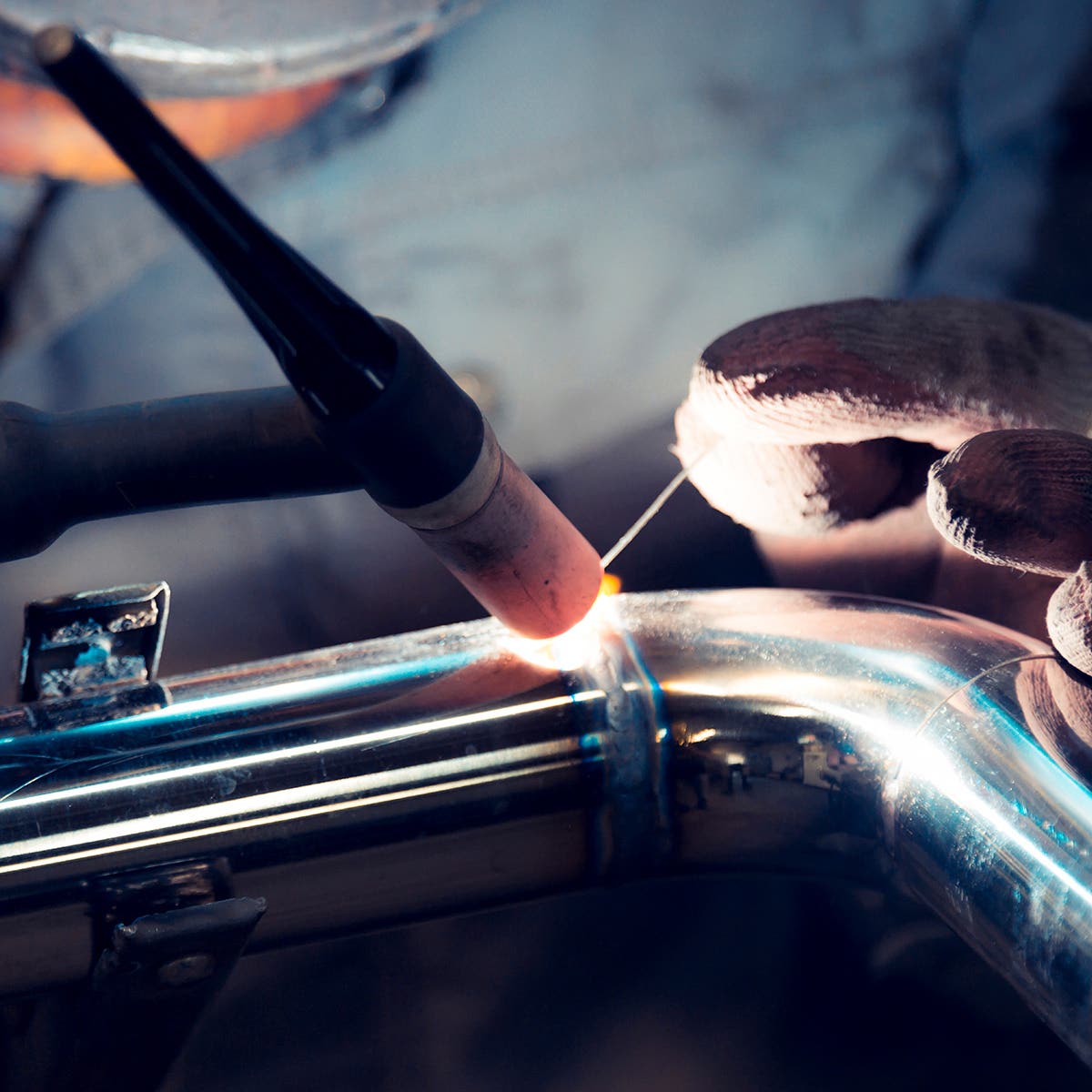

TIG Welding
TIG, which stands for "tungsten inert gas," welding is a two-handed job. One hand holds your torch while you add filler metal with the other. This process is used for precision welding and produces minimal sparks. It requires a high degree of skill, and a separate gas tank is needed for shielding. TIG welding is the ideal method if you need to weld thin or delicate metals.
Stick Welding
In stick welding, you hold a consumable electrode stick with an electrode holder, a device resembling a jumper cable clamp. Another clamp attaches to your workpiece to complete the circuit that produces the arc. The stick electrodes start at a little over a foot in length and gradually melt during the welding process, releasing flux as you go. This method keeps your hands at a safer distance than other types of welding.
Stick welding produces a lot of heat and sparks and can be challenging due to the stick shortening as you move through the weld, and the extreme heat makes it difficult to weld thin metals. That being said, it’s a popular method to begin to learn to weld due to the low startup cost.
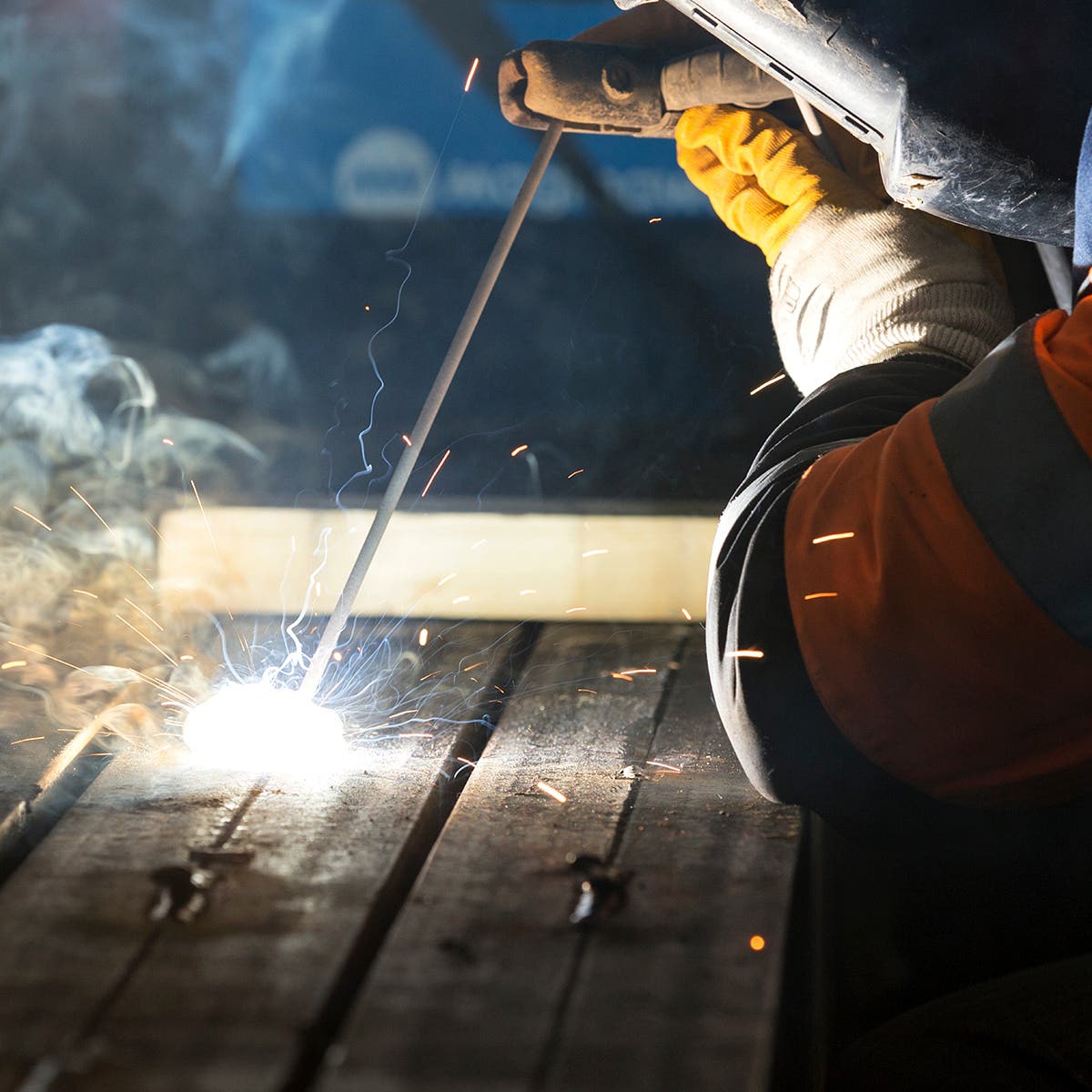

Personal Protective Equipment Needed for Welding
Each of the various welding styles requires personal protective equipment. Here is a quick list of the items to put on your shopping list before you start welding.
Welding helmet for face and neck protection, welding gloves for cut and heat protection, flame-retardant clothing, welding apron, and leather boots for dropped parts and flying sparks and spatter.
If you understand the hazards of your specific welding method, it’s not hard to find an acceptable pair of gloves, but if you are serious about welding, acceptable isn’t enough. There are a handful of factors to look for in a quality pair of welding gloves.
If you're not sure precisely what to look for, the vast selection of welding gloves can quickly become overwhelming. Let's talk specifics on which features to focus on when shopping for welding gloves.
Picking the Right Welding Gloves for the Job
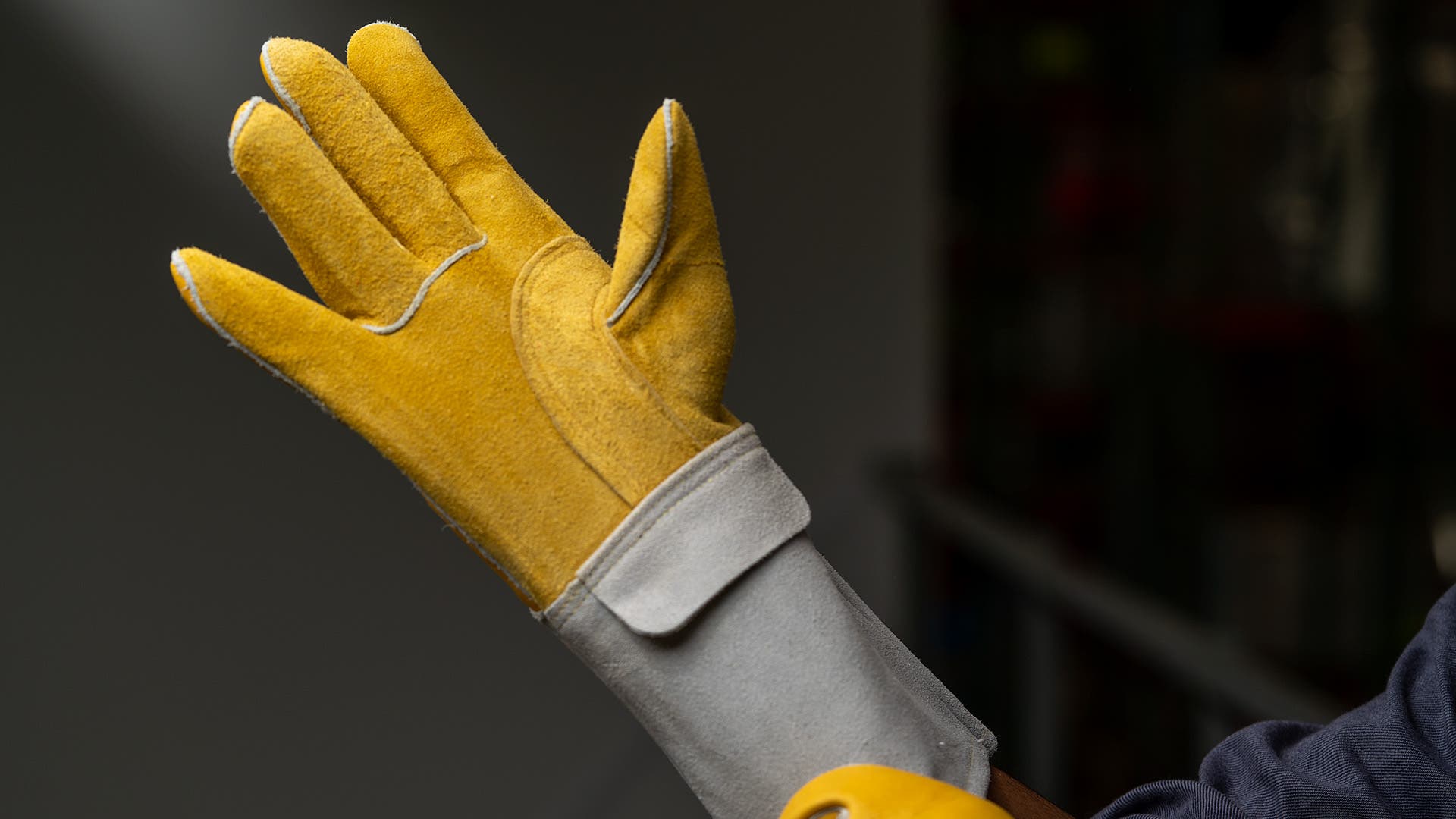

However, keep in mind that while leather is excellent for heat and spark protection, it offers little protection against cuts and is not ANSI cut-rated. While welding doesn't inherently come with the hazard of cuts, the materials you're putting together are often sharp metal pieces. You may come across ANSI cut-rated gloves in your glove search. This means the gloves are not made of leather, or they are made of leather and have a cut-rated liner. Either option can be great if you are looking for a cut-rated pair.
Safety is one of many factors to consider when shopping for welding gloves. You'll also need to pick gloves that don’t work against you and are comfortable. Here is what to look for:
- Material type
- Dexterity (thumb type)
- Coverage (cuff type)
- Feel and grip
- Insulating value
- Comfort and fit
- Value
- Durability
Different types of welding require different gloves. Let's look at the best practices for choosing gloves for the three common types of arc welding.
Stick Welding Gloves
Stick welding produces a lot of heat and spatter. Cowhide leather will offer the best protection against these hazards. A common complaint about cowhide is its lack of dexterity and feel. Still, with stick welding, you can sacrifice these two elements since your hand is only gripping the electrode holder during the welding process. Your precision work is at the end of the rod.
Other thick leathers suitable for stick welding include pigskin, goatskin, and elk skin (our favorite). While shopping for your stick welding gloves, consider the cuff design. You'll want a longer cuff, such as a gauntlet, that can easily transition to arm protection, leaving no exposed skin or entry point for stray sparks to hit your arms or go up your sleeves.
MIG Welding Gloves
TIG Welding Gloves
TIG welding is a more controlled arc with less heat and sparks than other welding styles. It's a two-handed operation that requires the most dexterity out of the three welding methods mentioned here. When shopping for TIG welding gloves, look for goatskin or deerskin leathers, which offer a better fit and feel than other welding gloves. This makes it easier to pick up rods and work closely with your materials. These leathers are also less prone to cracking and sweating, which are inherent to thicker leathers like cowhide. Some gloves feature cowhide patches on the glove's palm and fingertips for extra heat protection when handling hot parts.
Don’t Use Damaged PPE
This is true with most trades, but especially true here. We are all used to wearing our work gloves until they are just tattered mess. You can't do that with welding gloves. If they start to rip at the seams or you cut open one of the fingers, you can’t use them anymore. All the more reason to buy a quality pair of welding gloves.
